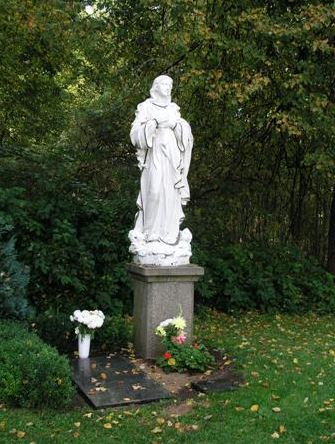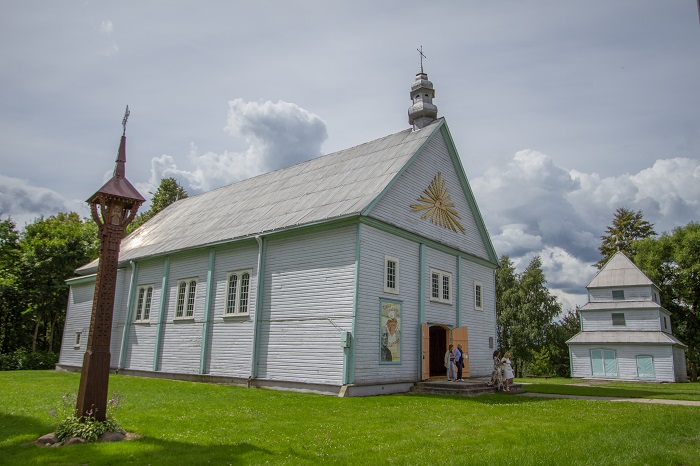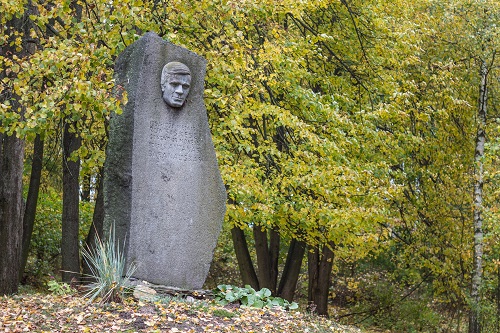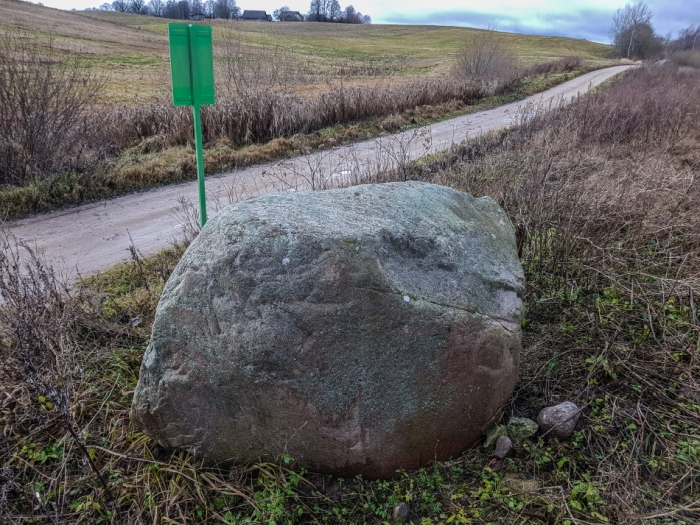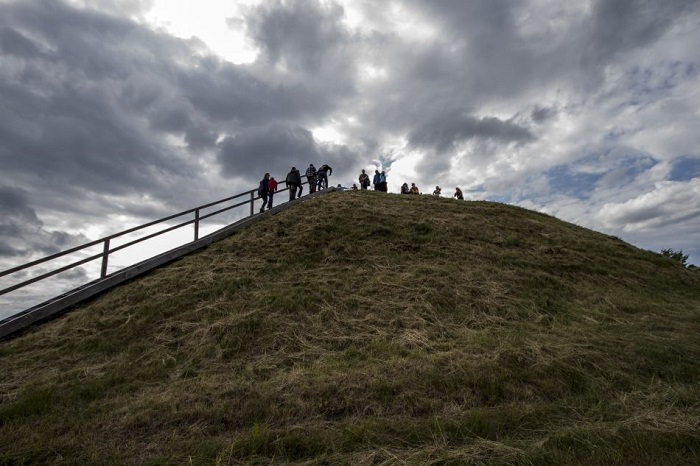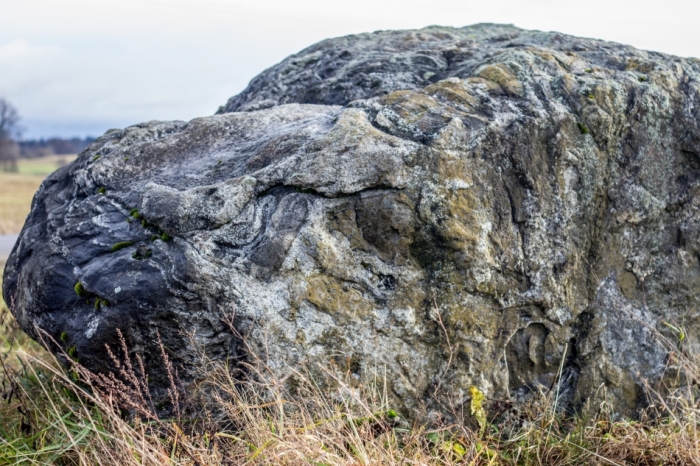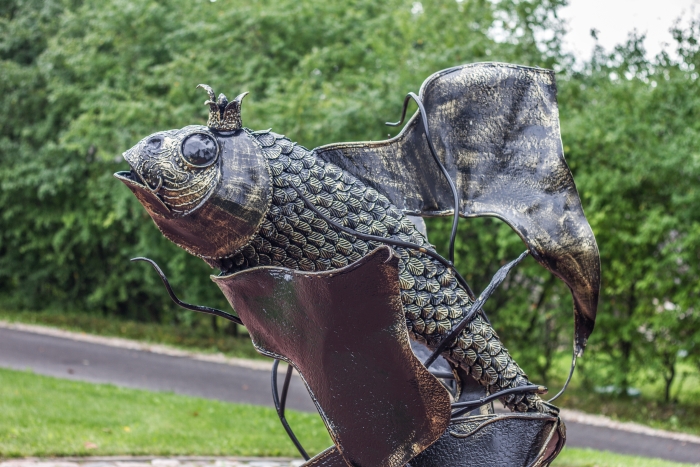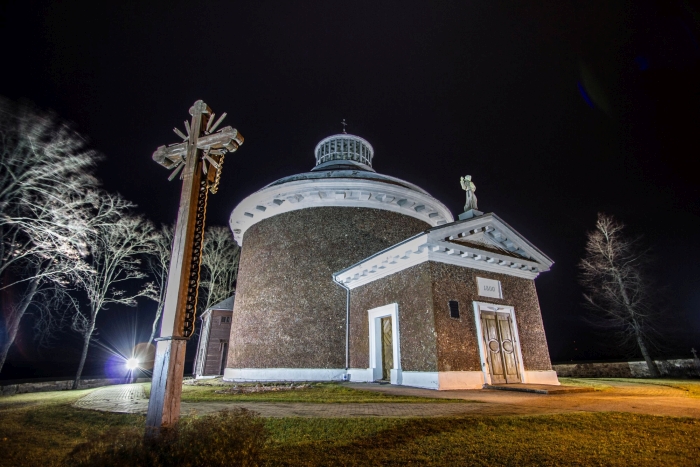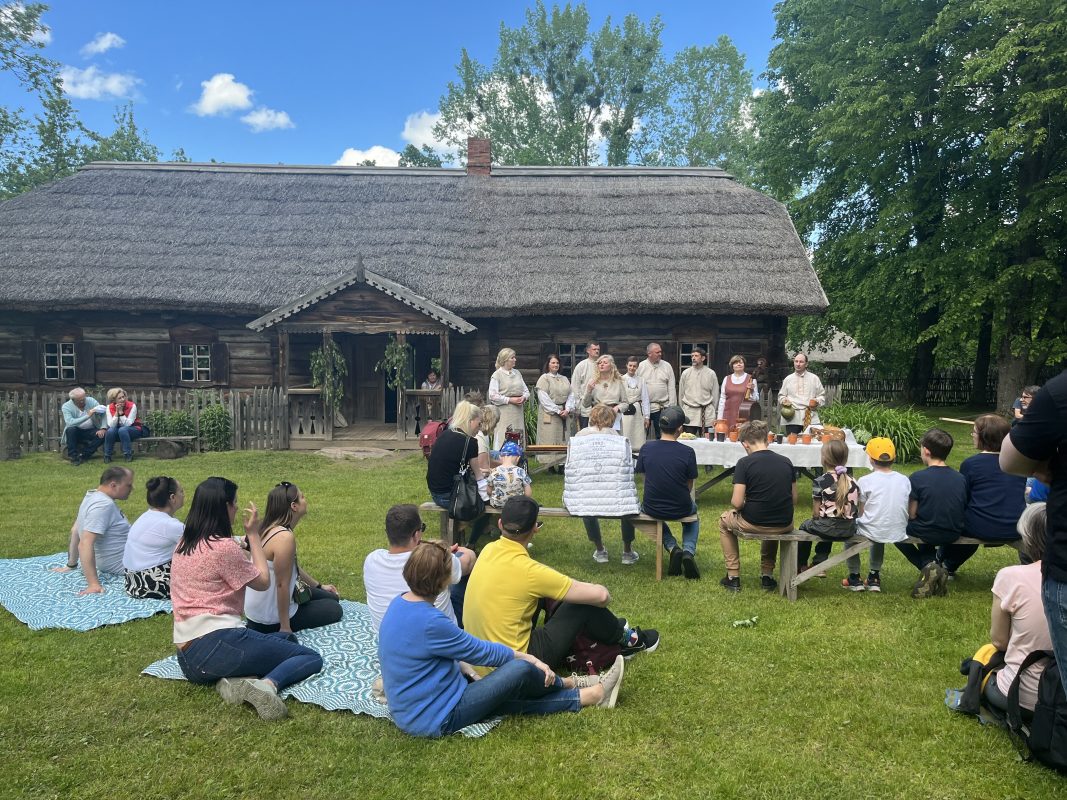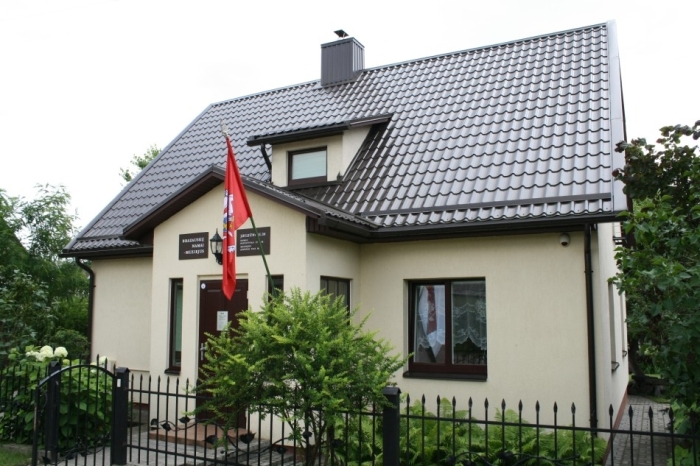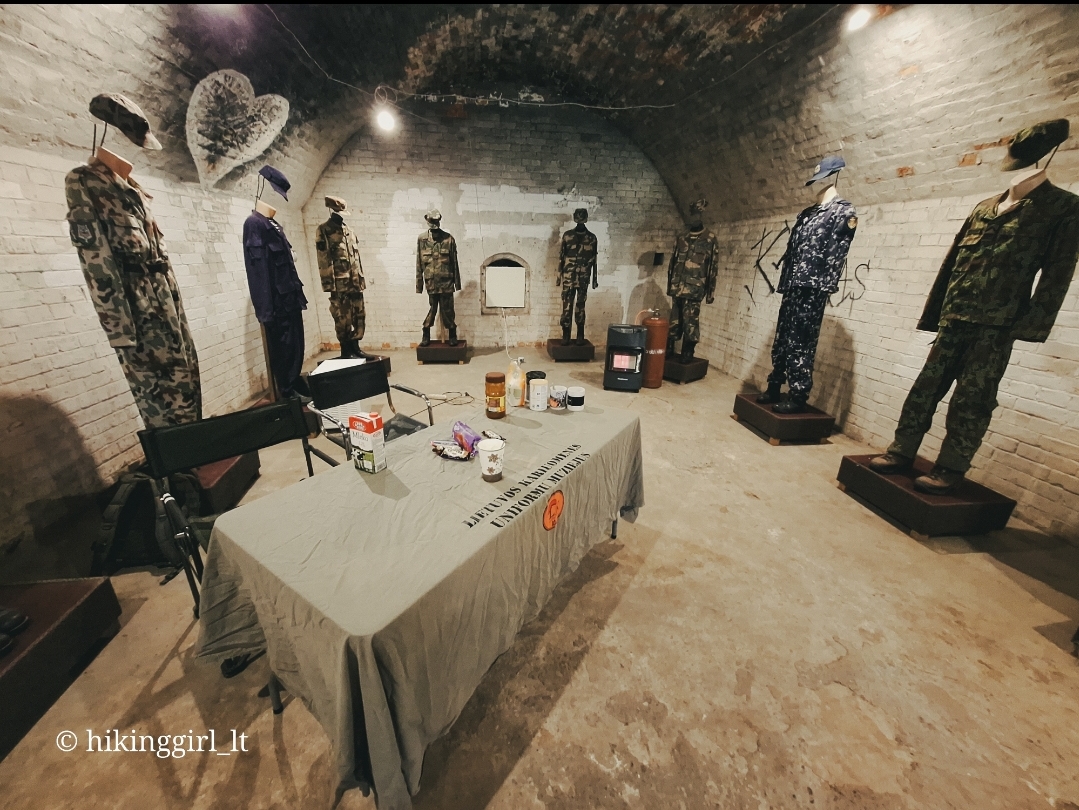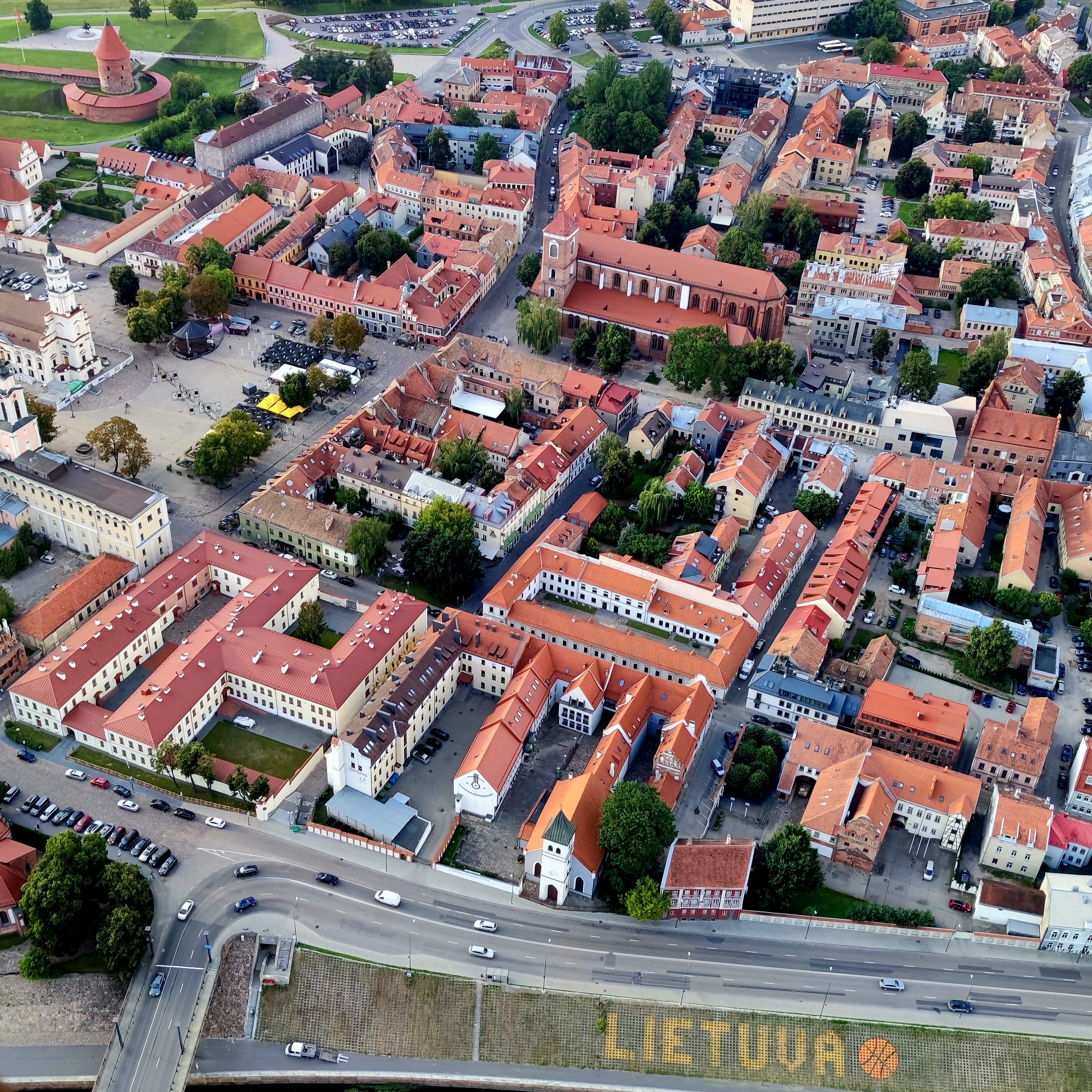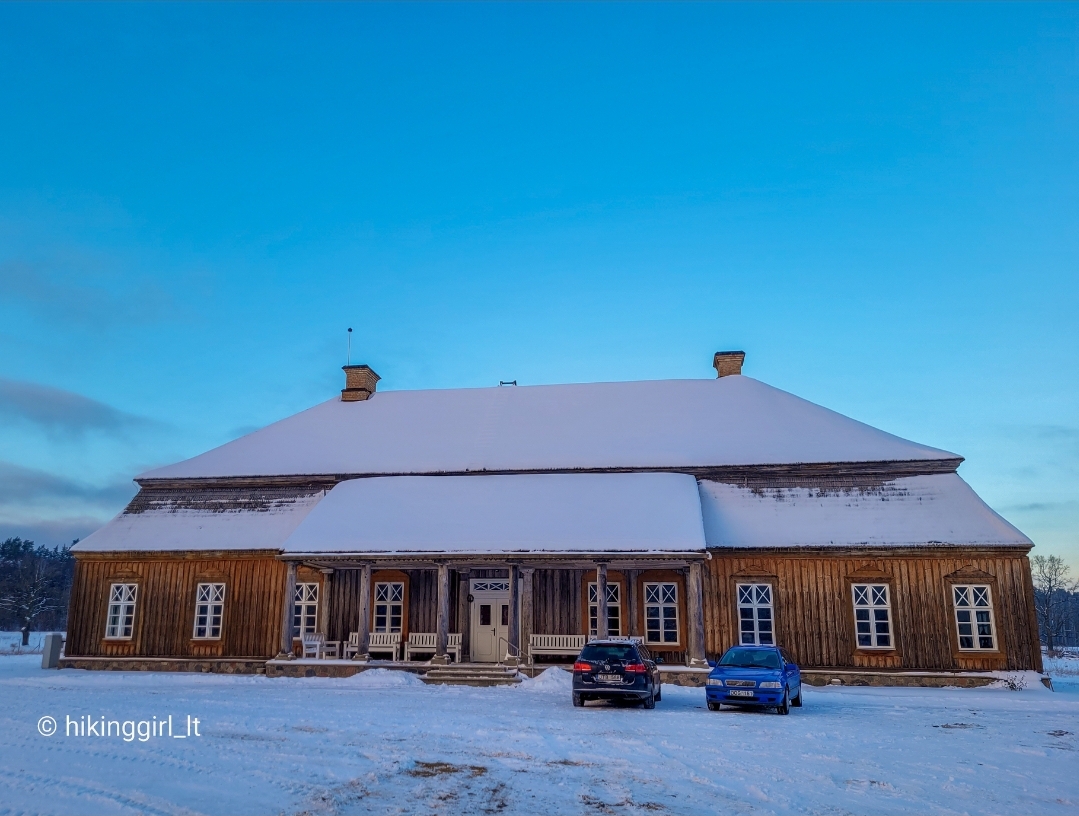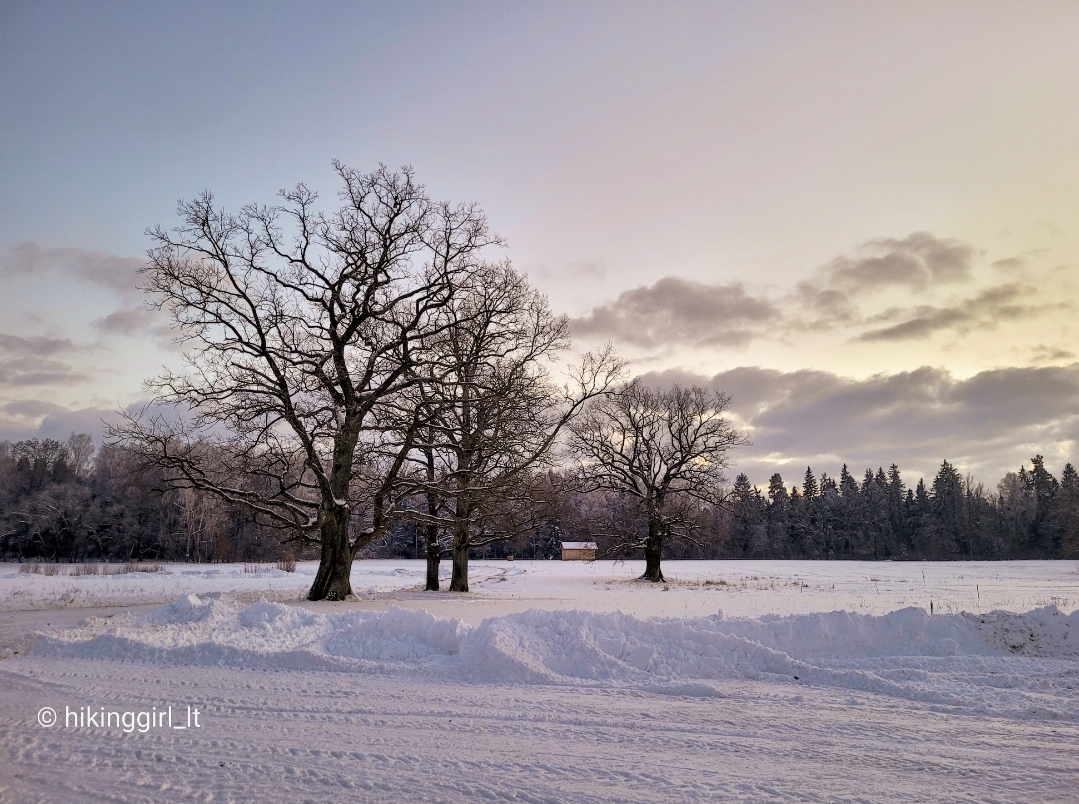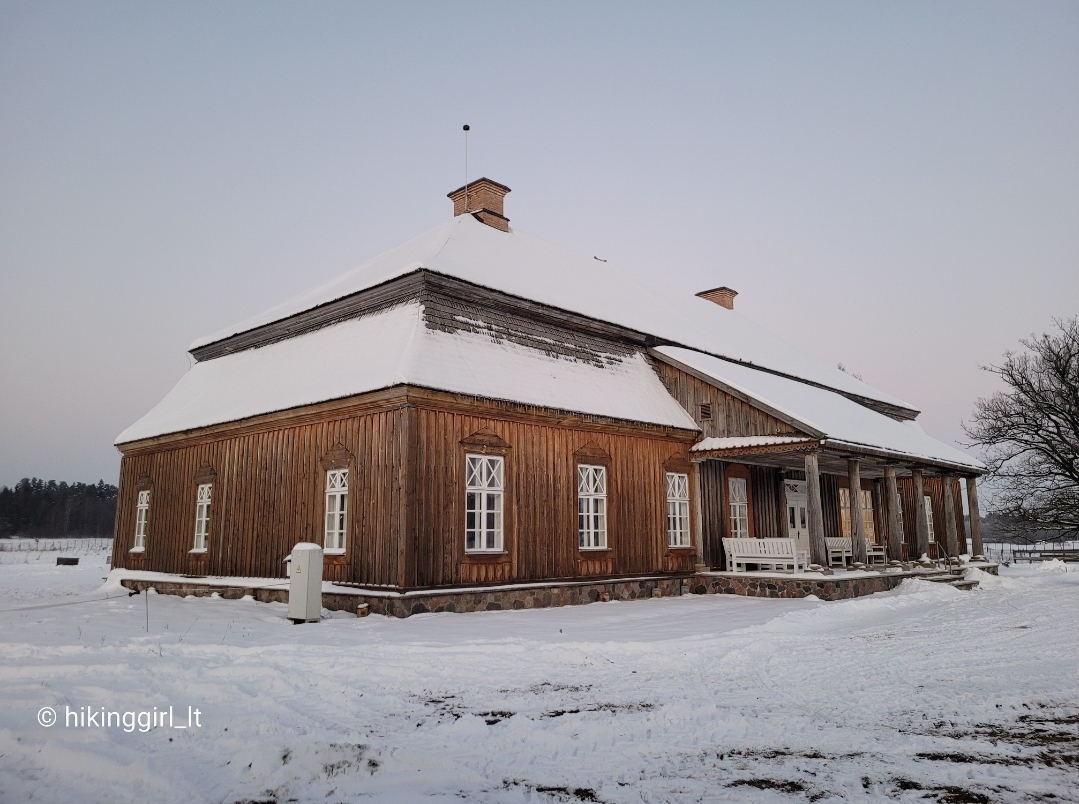Aristavėlė Manor

344

1

0
Aristavėlė Manor, formerly Arvistava Manor, is a rare example of Lithuanian wooden Baroque architecture. Originally located in Kėdainiai District, about 7 km north of Kėdainiai, it stood at the confluence of the Obelis and Malčius streams. First mentioned in 1371 in the Wartberg Chronicle as the estate of nobleman Algeminas, it later belonged to the Šiukšta and Zabiela families. Mykolas Zabiela is believed to have built the palace around 1700. In the late 18th century, the Medekša family remodeled the estate while preserving its Baroque silhouette. Nationalized in 1940, the manor was repurposed, even housing a collective farm. In 1987, it was dismantled and relocated to the Open-Air Museum of Lithuania in Rumšiškės, where it was rebuilt in 2010. Restored between 2014 and 2016 with 50% authentic materials, it remains the only surviving Lithuanian wooden Baroque manor, showcasing the material and spiritual culture of the middle nobility.
Info
-

Manors
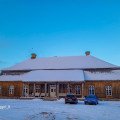

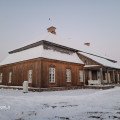
Whats new?
Nearby attractions
Nearest museums
Nearest entertainment

 Entertainment
Entertainment
 Food establishments
Food establishments





























 54.875431, 24.184433
54.875431, 24.184433
 Get directions
Get directions








